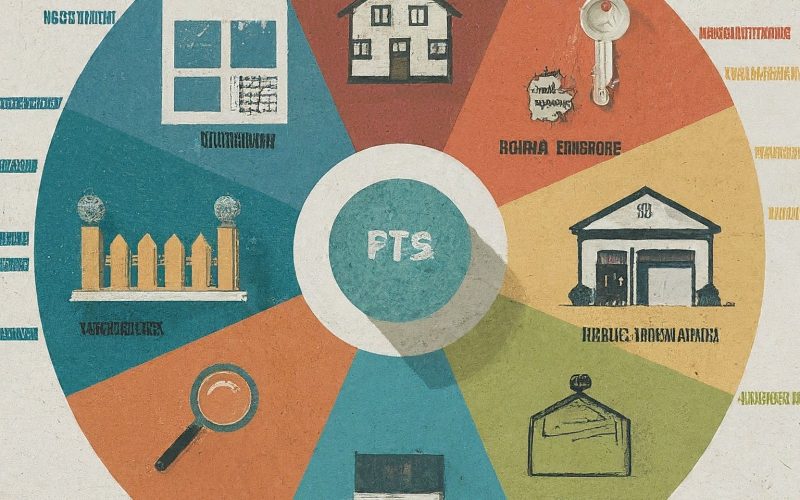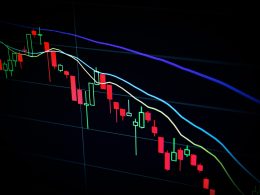The foreign exchange (forex) market is the largest financial market in the world, with a daily trading volume exceeding $6 trillion. The forex market is highly sensitive to various factors, and among these, U.S. news plays a critical role. Economic indicators, political developments, and Federal Reserve announcements are key drivers of forex market volatility. This article explores the relationship between U.S. news and forex market volatility, providing an in-depth analysis of how different types of news impact currency values.
The Forex Market: An Overview

The forex market is a decentralized global market where currencies are traded. Unlike stock markets, the forex market operates 24 hours a day, five days a week, enabling continuous trading. Major currency pairs, such as EUR/USD, GBP/USD, and USD/JPY, are the most actively traded. The market’s liquidity and volatility make it an attractive environment for traders, but also one that is highly susceptible to news events.
Factors Influencing Forex Market Volatility
Forex market volatility refers to the frequency and magnitude of price movements. Several factors influence this volatility:
- Economic Indicators: Key economic data releases such as GDP growth rates, employment reports, and inflation statistics can significantly impact currency values.
- Political Developments: Elections, policy changes, and geopolitical tensions can create uncertainty, leading to increased market volatility.
- Central Bank Policies: Announcements from the Federal Reserve regarding interest rates, quantitative easing, and other monetary policies are closely watched by traders.
Impact of U.S. Economic Indicators
GDP Growth
Gross Domestic Product (GDP) growth is a primary indicator of economic health. Strong GDP growth typically strengthens the U.S. dollar as it signals a robust economy, attracting foreign investment. Conversely, weak GDP figures can lead to a depreciation of the dollar.
Employment Reports
The U.S. employment report, particularly the Non-Farm Payroll (NFP) data, is a critical indicator. Positive employment figures generally boost the dollar as they suggest economic stability and potential interest rate hikes. Negative employment data, on the other hand, can weaken the dollar.
Inflation Data
Inflation statistics, such as the Consumer Price Index (CPI) and Producer Price Index (PPI), influence forex volatility. Higher inflation may lead to expectations of interest rate increases by the Federal Reserve, strengthening the dollar. Lower inflation might have the opposite effect.
Influence of Political Developments
Presidential Elections
U.S. presidential elections are significant events that cause forex market volatility. The uncertainty surrounding election outcomes and potential policy changes can lead to fluctuations in currency values. For instance, the 2016 election saw significant volatility in the USD pairs due to unexpected results and subsequent policy announcements.
Trade Policies
Changes in trade policies, such as tariffs and trade agreements, directly affect currency values. Announcements of tariffs on imports or trade disputes with major economies can lead to a stronger or weaker dollar depending on the perceived impact on the U.S. economy.
Geopolitical Tensions
Geopolitical events, such as conflicts or diplomatic disputes, introduce uncertainty, causing forex market volatility. Traders tend to move towards safe-haven currencies like the U.S. dollar during geopolitical tensions, leading to dollar strength.
Central Bank Policies and Forex Volatility
Federal Reserve Announcements
The Federal Reserve’s monetary policy decisions are among the most influential factors for forex traders. Interest rate changes, in particular, have immediate effects on currency values. An interest rate hike typically strengthens the dollar, while a rate cut can lead to a weaker dollar.
Quantitative Easing
Quantitative easing (QE) policies, where the Federal Reserve buys securities to increase the money supply, can also impact the forex market. QE usually leads to a depreciation of the dollar as it increases the money supply and reduces interest rates.
Forward Guidance
Forward guidance, where the Federal Reserve communicates its future policy intentions, helps manage market expectations. Clear guidance can reduce volatility, while unexpected changes in guidance can lead to sharp market movements.
Analysis of Forex Volatility During Major U.S. News Events
To understand the extent of forex market volatility during major U.S. news events, we analyzed historical data of currency movements during specific periods. The following analysis table provides insights into the impact of different news types on currency volatility.
Analysis Table: Impact of U.S. News on Forex Market Volatility
| News Event | Currency Pair | Average Volatility Increase | Duration of Impact | Example Event Date |
|---|---|---|---|---|
| GDP Growth Report | EUR/USD | 1.2% | 24 hours | Q1 2023 GDP Release |
| Non-Farm Payroll Report | USD/JPY | 1.5% | 48 hours | April 2023 NFP |
| Presidential Election Results | GBP/USD | 2.3% | 1 week | November 2016 |
| Federal Reserve Rate Decision | USD/CHF | 1.8% | 24 hours | December 2022 |
| Trade Policy Announcements | AUD/USD | 1.4% | 72 hours | May 2018 Tariffs |
| Geopolitical Tensions | USD/CAD | 1.7% | Variable | January 2020 |
Comparative Analysis of Different News Types
Different types of U.S. news have varying levels of impact on forex market volatility. The following comparative table highlights the differences in volatility triggered by economic indicators, political developments, and central bank policies.
Comparative Table: Volatility Impact of Different U.S. News Types
| News Type | Typical Volatility Triggered | Example Event | Immediate Impact | Long-term Impact |
|---|---|---|---|---|
| Economic Indicators | Moderate to High | Non-Farm Payroll Report | High | Moderate |
| Political Developments | High | Presidential Election | High | High |
| Central Bank Policies | High | Interest Rate Decision | High | High |
| Trade Policies | Moderate | Tariff Announcements | Moderate | Moderate |
| Geopolitical Tensions | Variable | Middle East Conflict | High | Variable |
Conclusion
Understanding the factors that drive forex market volatility is crucial for traders and investors. U.S. news events, particularly economic indicators, political developments, and Federal Reserve announcements, play a significant role in shaping currency movements. By analyzing the historical impact of these news events, traders can better anticipate market reactions and develop strategies to navigate the complexities of the forex market. Staying informed and vigilant about upcoming news releases and their potential impact is essential for successful forex trading.












